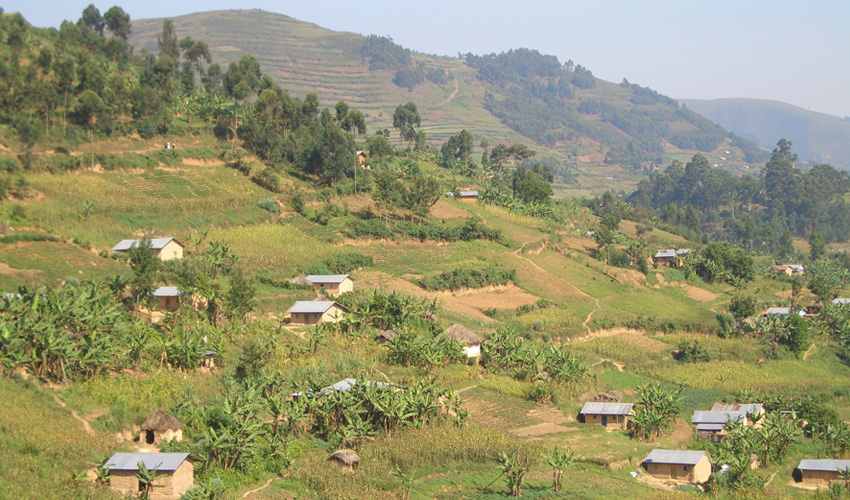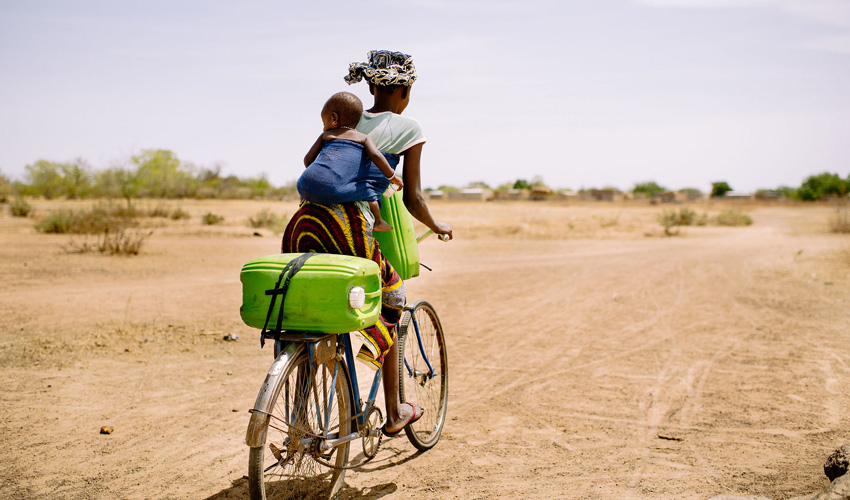One side effect of running an organisation with population in the name is that every week or so a friend will send me an article or video about population. Almost invariably there is mention of population being a “taboo” topic, or “the elephant in the room”. This is in spite of the fact that I can’t honestly recall ever speaking to a conservationist who disagreed that global population is a critical conservation issue, or was shy to say so. There is no taboo.
Given the United Nations projects that the global population will rise from 7.6 billion today to over 9.7 billion by 2050, this is hardly surprising. But there is something glib about merely stating the challenge. What needs to happen is that we move to consider the actions which form part of the effective response.
Considering health sector data
Evidence-based conservation has become standard practice. This includes the systematic assessment of information when designing conservation projects and determining policy. There is also a growing understanding of the need for cross-sector collaboration. So to move on from the mythical elephant in the room, the first step is to consider relevant health data.
The Convention on Biological Diversity (CBD), the United Nations Environment Programme (UNEP) and the World Health Organization (WHO) did exactly that in their 2015 joint report “Connecting global priorities: biodiversity and human health: a state of knowledge review”. They acknowledge that population growth places increased demands on healthcare systems and can greatly increase pressures on natural resources. Most importantly, they acknowledge that population growth could be moderated by greater investments in family planning programmes.
An increasing number of conservation organisations are considering evidence of how small improvements in family planning impact long-term population size and environmental pressures
They also explain that greater investment in the education of girls and women and improved access to and awareness of contraception would “not only improve human health and well-being directly, it would also help slow and reverse trends among countries with the highest projected growth rates and concomitant pressures on ecosystems”.









Add new comment